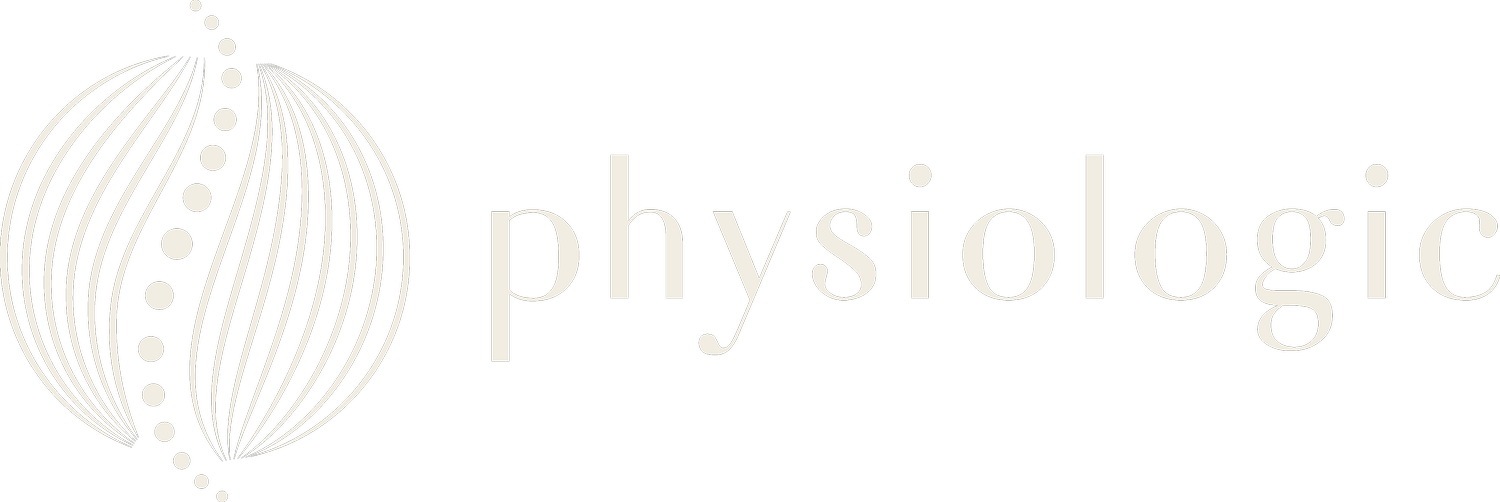Common Causes of Chronic Low Back Pain (CLBP)
Written by Ryan Tan, BSc Physiotherapy (AUS), Certificate of Spinal Manual Therapy (COSMT).Defining Chronic Lower Back Pain
Chronic low back pain, typically defined as low back pain that’s persisted for over 6 months, is one of the leading causes of disability globally. It’s been a problem doctors and physiotherapists have struggled to effectively tackle, even with the advancement of medical technology.
This short blog on Chronic Low Back Pain aims to give readers an idea of two factors (Physical & Non-Physical) that contribute to someone’s Chronic Low Back Pain. It is the physiotherapist’s job to find out what’s hurting, why it’s hurting, and how best to address the pain (read more on our next blog post)!
Components of Chronic Lower Back Pain
PHYSICAL
Your bones, muscles, ligaments and other tissues all have a certain level of ‘capacity’, which essentially describes how much force it can take without being ‘injured’. Poor motor control & ‘core instability’ are proposed to incrementally put more force on specific structures, which over time, will lead to an accumulation of force EXCEEDING a tissue’s capacity - resulting in a physical injury.
For example, office workers tend to have discogenic low back pain as they spend many hours sitting down, slouched, without much movement to break up their day. Over time, their discs have absorbed much of the force in that slouched position, until one day it starts hurting and they can’t tolerate sitting for long anymore.
Physical Categories that contribute to Pain
Poor Motor Control - If you can’t control how your body moves, you may eventually overcompensate through your spine, and over time, it may lead to an injury.
Stiffness - If a certain segment of your body is ‘stiff’ and not moving freely, you may eventually overuse certain parts of your spine/body instead. Commonly in lower back pain, stiffness in the thoracic region and hips are contributing factors to the development of pain.
Poor Posture - to clarify, there is NO SUCH THING as perfect posture. Problems occur when someone stays in the SAME posture for a PROLONGED period of time. It’s best to regularly change your posture!
Weakness - Depending on your occupation, sports and physical activity levels, you’ll need a certain level of strength to safely participate in your activity. For example, a weightlifter will have different strength requirements to a Yogi. Sufficient muscle strength is key to support your spine during physical tasks.
NON PHYSICAL
Stress and poor beliefs or coping strategies are major non-physical causes of chronic low back pain.
Stress
For many, stress tends to lead people into a state of ‘hyperalgesia’, whereby pain receptors become hypersensitive. A small sprain/strain can be interpreted as intense pain, and sometimes lasting for a much longer time than anticipated.
A common case in Hong Kong, where I’m sure many have experienced a particularly stressful period at work/life, and also ‘coincidentally’ noticed their shoulders and neck feeling very tight! Without a significant increase in physical activity, it’s likely that non-physical causes such as stress has precipitated the shoulder ‘tightness’.
Poor Beliefs & Coping Strategies
Poor beliefs and coping strategies are generally attributed to a lack of knowledge on how best to manage low back pain (or any other physical injury).
For example, some may think that they need to rest in bed and not move at all when they get back pain, however, this has been scientifically proven to be very UNHELPFUL to the body when it’s trying to recover.
Why is movement important?
The body needs movement to help with;
improving circulation
to spread forces evenly across the body,
but in my opinion, most importantly, it helps reinforce a POSITIVE association between movement and recovery!
Even simply walking is enough to release pain relieving, feel-good hormones called Endorphins!
Which factors apply to you?
Now you have an understanding of Physical & Non-Physical contributors of Chronic Low Back Pain, you probably realise that a bit of BOTH applies to you!
Which means - to best manage your symptoms, we need to address ALL relevant contributors!
Where do I start?
Reading this brief blog about some of the factors that contribute to Chronic Lower Back Pain can be daunting as you may note many of these factors apply to you. Let one of our experienced Physiotherapists thoroughly assess you, and create an individual treatment and management plan to best get you out of pain, and back on with your life! Contact us here to make an appointment.
About the Author
Ryan Tan is our Clinical Director and Physiotherapist here at Physiologic Hong Kong. His main clinical interests lie in treating spinal conditions and utilising strength training principles in his rehab programs. He has a Certificate of Spinal Manual Therapy from Manual Concepts, the world leader in Post Graduate Spinal specialisation, ensuring he can provide an accurate diagnosis and effective treatment plans even for many complex cases. Clinically, he works in close collaboration with some of Hong Kong’s top spinal surgeons, bringing his blend of treatment and rehabilitation to get the best results for his clients. Looking to bridge the gap between your traditional physio ‘treatment’ and building a strong, injury-proof body? Reach out to us here to see how we can help!

